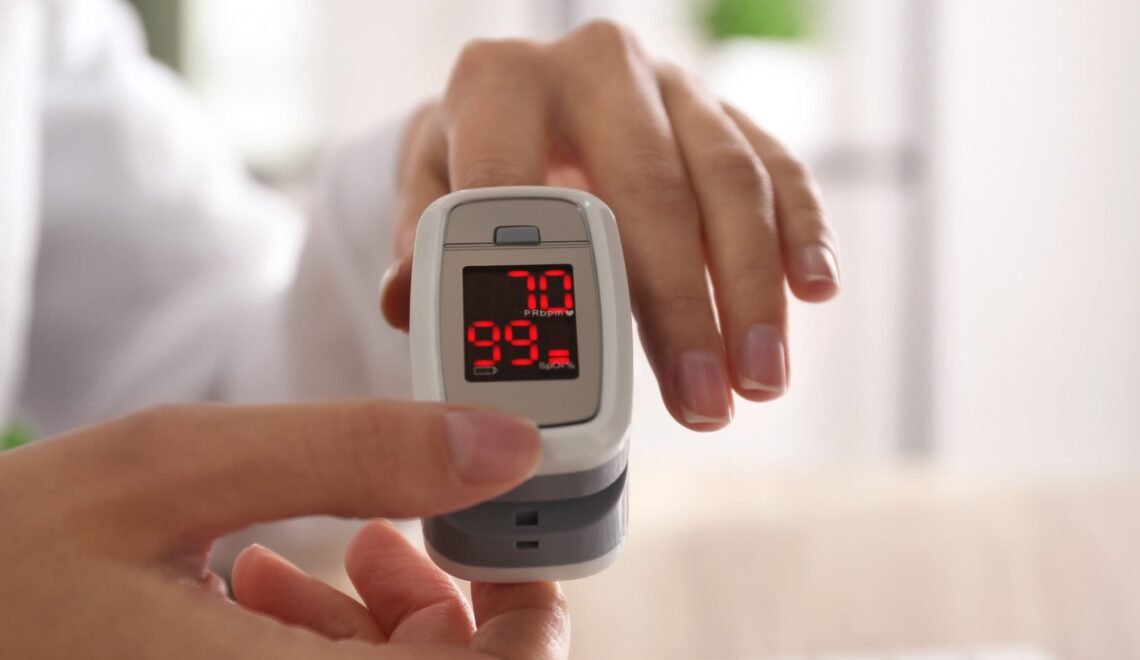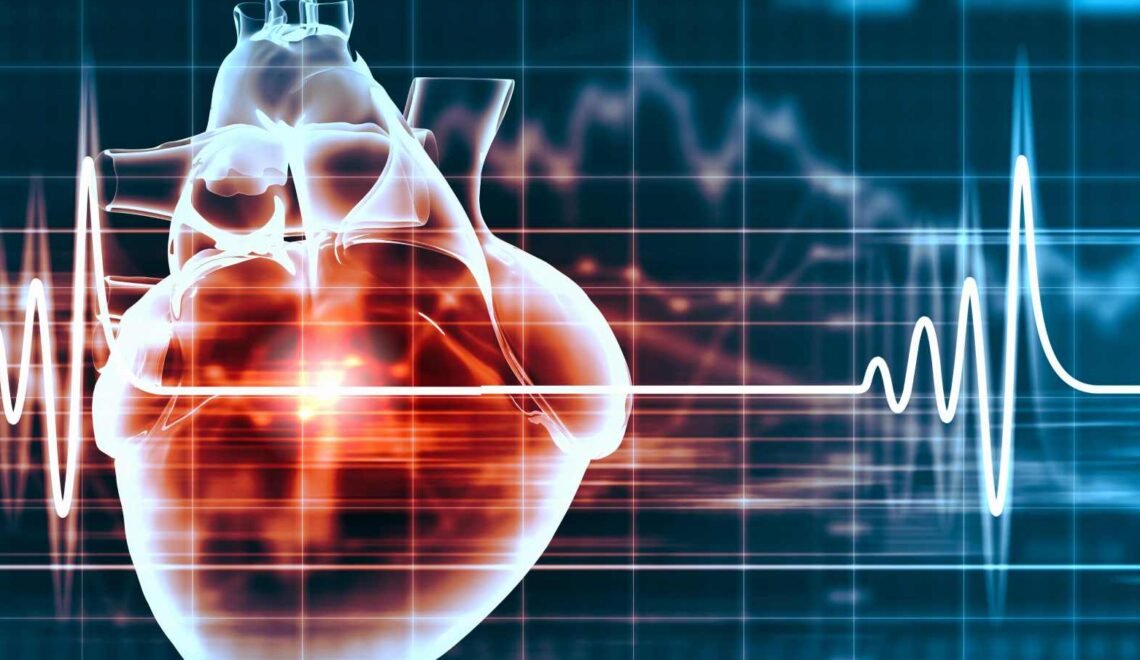
It is the amount of oxygen circulating in the blood. Blood oxygen levels usually fall between 75-100mm Hg. The body continuously monitors the oxygen levels to ensure that there is enough oxygen for every cell. This indicates how well oxygen is being distributed from the lungs to rest of the body & cells.
When the blood oxygen level is too low compared to that of a healthy person, the condition is known as Hypoxaemia. This condition causes difficulty in delivering oxygen to cells and organs.
Oxygen Saturation: It refers to the percentage of oxygen in a person’s blood. A device known as pulse oximeter is used measure the blood oxygen levels. A healthy oxygen saturation level ranges between 95-100%. Any measurement below this level, a person starts to experience breathing troubles .
How are oxygen levels measured?
The ABG (Arterial Blood Gas) test is the most common way for measuring oxygen levels. The test is conducted by removing a small amount of blood from the artery, preferably near the wrist. The ABG test needs a medical professional and cannot be performed at home. The pulse oximeter test is performed by attaching a small clip to the finger and it measures blood oxygen indirectly by light absorption through pulse. The test more simple but can be affected by environmental variables like unclean fingers, darker skin tones, bright lights etc.
What are the causes & symptoms of low blood oxygen levels?
Low oxygen level may arise due to insufficient oxygen in the air(higher altitudes), inability of the lungs to send oxygen to all the cells and the inability of bloodstream to circulate properly.
Low oxygen levels can result in shortness of breath, headaches, chest pain, dizziness, confusion, lack of coordination, high blood pressure, visual disorders and other symptoms.
Some medical conditions like asthma, heart diseases, anemia, lung diseases, emphysema, pneumonia can also cause low blood oxygen levels.
When to consult a doctor?
A doctor consultation becomes a must when someone experiences sudden shortness of breath while at rest and worsens during physical activity. When they are awakened suddenly with shortness of breath and a feeling of being choked.
How is low blood oxygen level treated?
The most common treatment of low blood oxygen levels is a supplementation of oxygen through oxygen therapy. The physician might also suggest some lifestyle adjustments.



